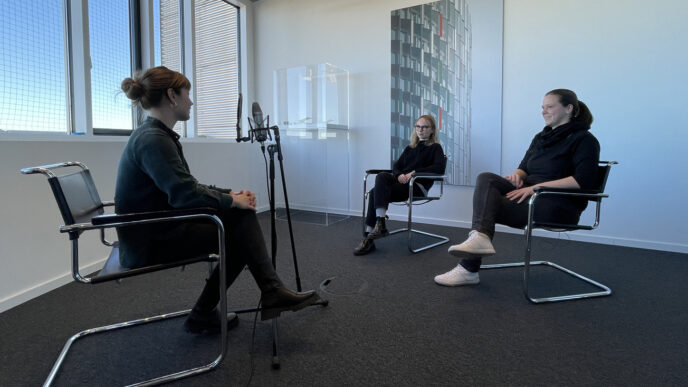
Building Resource Passport
The resource problems of our time can only be solved if we design our buildings in such a way that all materials can circulate in material cycles of the highest possible quality.
In the future, buildings should therefore be designed in such a way that the materials used can be fully reintegrated into the technical or material cycle at the end of the utilization phase. The main levers for increasing recyclability lie in the choice of materials, the building structure and the connection technology – as well as in the availability of the relevant data at the time of conversion or dismantling.
To ensure that the resources tied up in a building can also be used in the future, it is particularly important to document the location and type of materials used. As a documentation tool, the building resource passport provides an important basis for recording information on the use of materials transparently throughout the life cycle of a building.

Topics
In-depth knowledge of the location and dimensions of the materials in the building is essential for the creation of building resource passports. In addition, manufacturer and product details as well as information on fasteners are required. Depending on the progress of the project, different amounts of information are available. This information is collected at material and product level and evaluated at component and building level. The parameters to be considered depend on the objective the client is pursuing with the creation of the building resource passport.
The creation of a building resource passport not only offers the opportunity to create a comprehensive picture of the circular economy potential of the building at the time of completion. Used in conjunction with planning, it also offers the possibility of designing potentials in the construction method in a circular way through variant considerations and consultations.
In terms of the circular economy, it is essential to consider the dismantling phase. What masses are produced in what quality and where in the building? Are the materials used free of harmful substances? If the focus is on operation, aspects such as the service life of the components and their joining technology, information on ease of maintenance and cleaning, etc. are crucial.

Some of the required information can be extracted from digital building information models (BIM) can be extracted. For this purpose, parameters must be defined at an early stage via corresponding requirements and taken into account in the creation and further development of the building model.
The creation of a building resource passport can also generate added value in the context of refurbishment projects. The building components (including layered structures) of the existing building can be recorded using estimates, for example based on inspections, pollutant reports or knowledge of the building age class. If there is no knowledge of the existing building, it is possible to document only the newly introduced materials in the building resource passport. This approach is particularly useful in the case of complete gutting.
In this way, all the necessary information about the resources tied up in the building can be provided for future refurbishment or demolition measures. In addition, the building resource passport serves as a basis for determining the monetary residual value of building materials. In the long term, it creates the basis for a consistent circular economy in the construction sector by creating transparency regarding the materials used and enabling the connection between early and late life cycle phases.

Our Services
- Definition of the project-specific content of the building resource passport
- BIM integration (definition of requirements as part of the client information requirements (AIA) and the BIM execution plan (BAP))
- Evaluation of variants
- Obtaining/collecting the relevant data
- Evaluation and assessment of potentials
- Identification of optimization measures
- Development of optimized alternatives/detailed structures
- Creation of the building resource passport
Selected Projects by Werner Sobek
Selected Media
Podcast: Building in the Cycle
Our colleagues Lena Nafe and Vanessa Propach present the Building Resource Passport. And they explain how and where the idea of the circular economy in construction is already being successfully implemented at Werner Sobek.

Publication: Resource Conservation Must be Controlled
When it comes to the consumption of global resources, the construction sector is at the top of the list. In a multi-page article, our sustainability experts Vanessa Propach and Stefanie Weidner address this problem in detail and call for the overdue introduction of a binding building resource passport.
Link: Committee for Life Cycle and Circular Construction (DGNB)
Werner Sobek is a member of the committee, which brings together the expertise of selected experts in the field of circular construction and life cycle assessment. In a professional exchange, the committee critically examines the existing approaches and definitions of circular construction.














